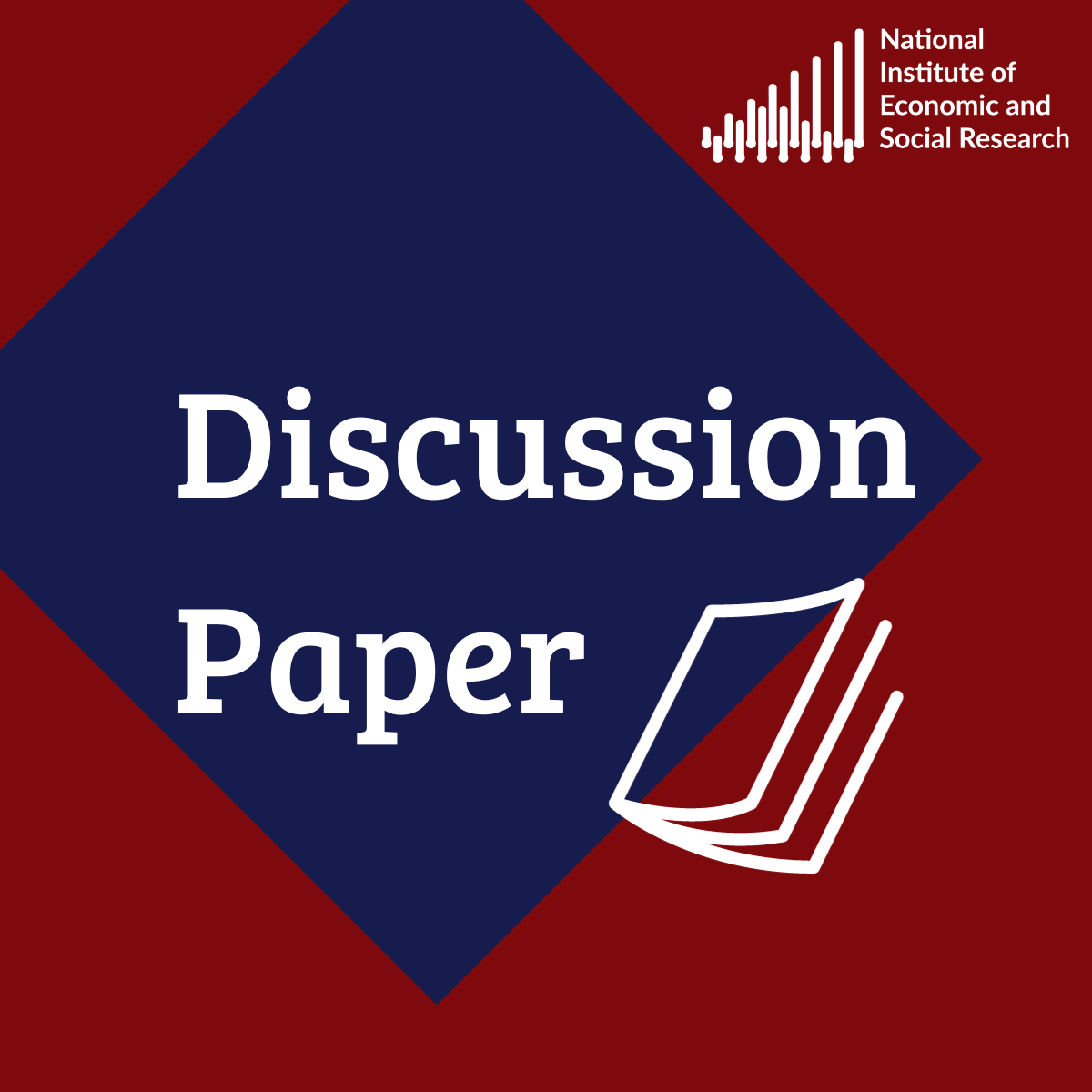- Home
- Publications
- Quantifying Fiscal Multipliers
Quantifying Fiscal Multipliers
 Pub. Date
Pub. Date
 Pub. Type
Pub. Type

Downloads
DP469: Quantifying Fiscal MultipliersRelated Themes
Macro-Economic Dynamics and PolicyPaper Category Number
469
This paper uses the National Institute Global Econometric Model (NiGEM) to quantify the magnitude of fiscal multipliers in each Euro Area country when fiscal policies are enacted in each country in isolation and when there is international coordination of fiscal policies. We find that fiscal multipliers are usually below 1 when countries implement fiscal policies in isolation. By contrast, multipliers increase significantly, on average by 50 to a 100 per cent depending on the fiscal instrument, when there is international coordination of fiscal policies. Our analysis suggests that fiscal multipliers arising from government spending measures are larger than those arising from changes in taxation. These estimates correlate with the degree of openness to trade of each country, the sensitivity of aggregate consumption to fluctuations in short-term income and country size. We also find that fiscal multipliers increase with the proportion of liquidity constrained agents.
Related Blog Posts



Public Debt Sustainability and Fiscal Rules
Stephen Millard
Benjamin Caswell
05 Feb 2024
4 min read

Related Projects
Related News

Call for Papers: Lessons From Quantitative Easing & Quantitative Tightening
09 Feb 2024
1 min read



Related Publications

The Nature of the Inflationary Surprise in Europe and the USA
21 Mar 2024
Discussion Papers

Energy and Climate Policy in a DSGE Model of the United Kingdom
08 Mar 2024
Discussion Papers

Exploring Alternative Data Sources for Household Wealth Statistics
24 Jan 2024
Discussion Papers

Inflation Differentials Among European Monetary Union Countries: An Empirical Evaluation With Structural Breaks
20 Nov 2023
National Institute Economic Review
Related events

Assessing Cycles and Structural Changes in Markets

Business Conditions Forum

2022 Dow Lecture: The Economy and Policy Trade-Off






